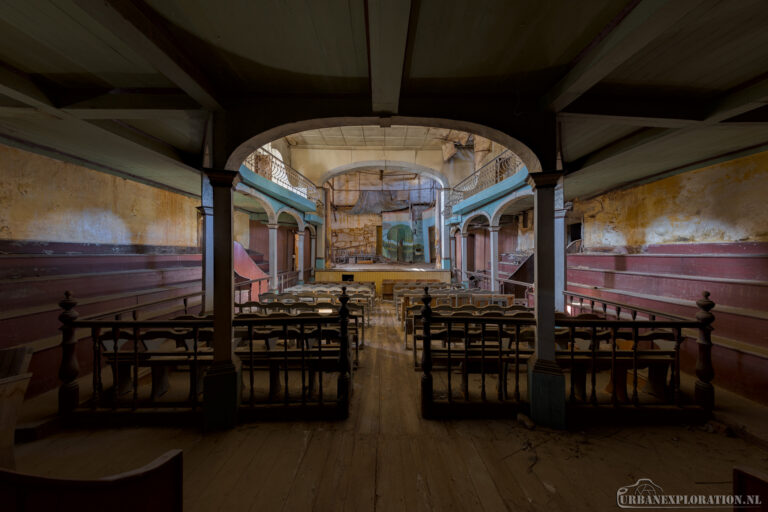Zabytkowy Kompleks Elektrociepłowni Zabrze
The Zabytkowy Kompleks Elektrociepłowni in Zabrze, Poland, is a striking industrial monument with a history dating back to the late 19th century. Construction began in 1896, commissioned by the German company AEG, and the plant first delivered electricity on December 21, 1897. Shortly after, it was acquired by Schlesische Elektrizitäts und Gas AG. Thanks to its strategic location in the heart of Upper Silesia’s coal basin, its capacity grew rapidly from 280 kW in 1897 to over 1.3 MW by 1906.
The plant survived both world wars and was nationalized after WWII. In the decades that followed, it underwent several modernizations, including the installation of Škoda turbines. By 1969, it had begun supplying district heating, transforming it into a combined heat and power (CHP) plant. After the fall of communism, the plant was restructured into a state-owned company in 1993 and was later acquired by Finnish energy provider Fortum in 2011. In 2018, a new, eco-friendly CHP facility powered by coal and RDF was built adjacent to the historic site.
The original plant remained operational until 2019. In 2022, the city of Zabrze acquired the complex, and in 2025 it was sold to the Polish Arche Group. The group now aims to revitalize the site, transforming it into a cultural, educational, tourism, and hospitality hub. The building’s monumental architecture and original machinery will be preserved, forming the centerpiece of a large-scale adaptive reuse project.
Today, the complex stands as one of the most iconic examples of Silesian industrial heritage a true “cathedral of technology” now preparing for a second life.

- Visited - October 2021
- Defunct - 2019
- Status - Museum
- Country - Poland


































